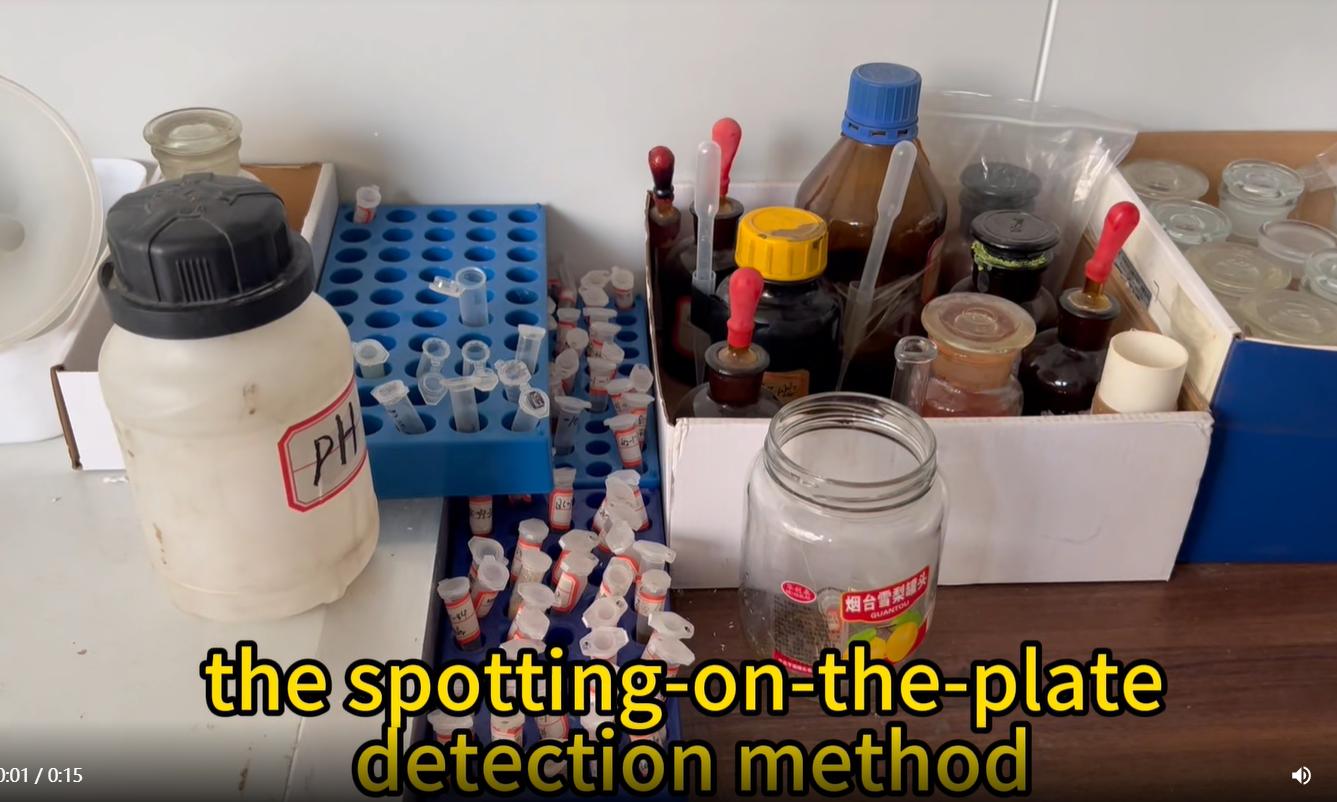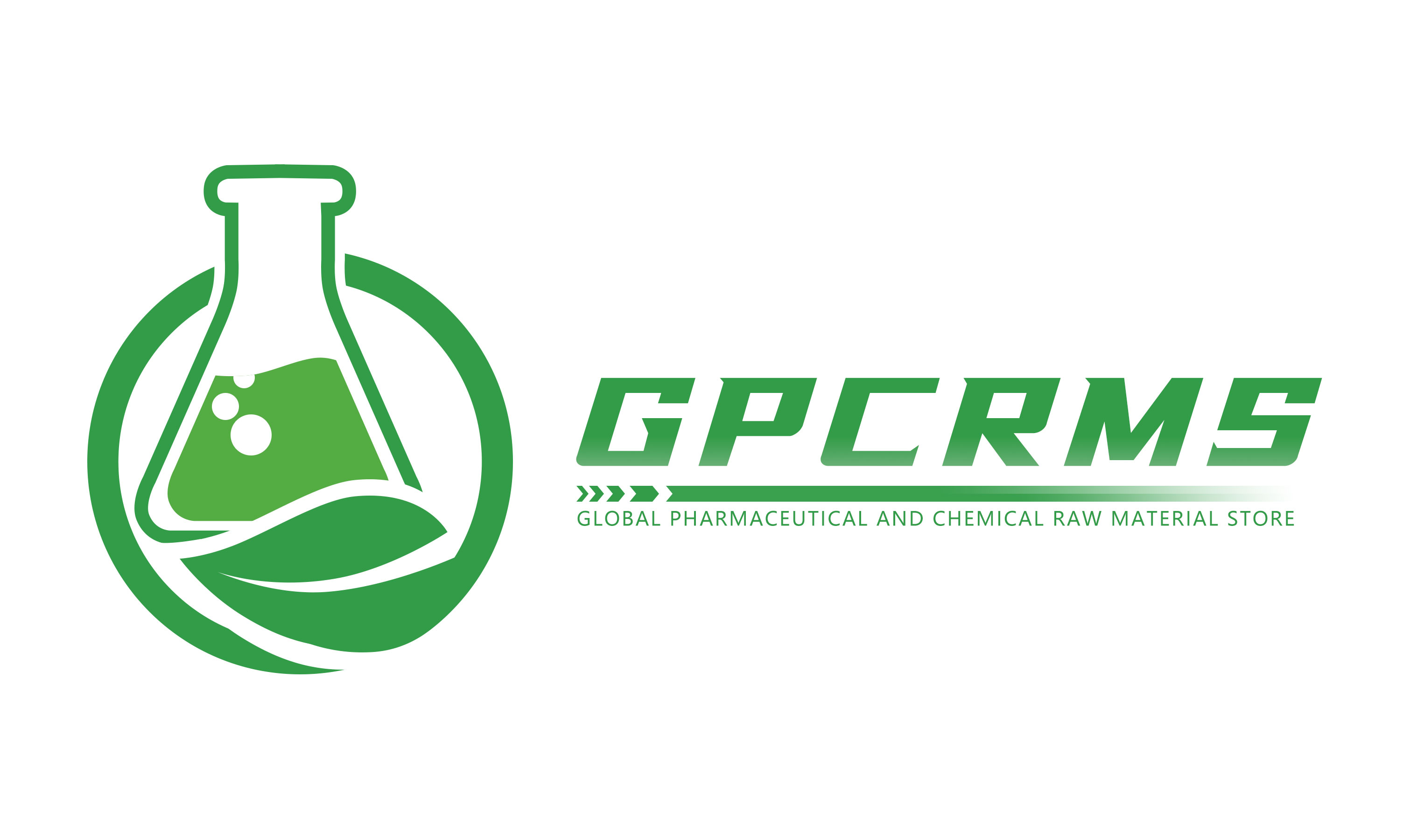GPCRMS lab Spotting-on-the-plate detection method introduction
The spotting-on-the-plate detection method is a commonly used, simple detection technique in chemical experiments and analysis, particularly effective in determining the accuracy of synthesized compounds. Compared to other instrumental detection methods, this technique is not only easy to operate and time-efficient but also cost-effective, making it the preferred choice for preliminary analysis of compound purity and composition in laboratories.

Spotting-on-the-plate refers to applying the sample onto a specific carrier material, such as a silica gel plate, and then using an appropriate developing solvent to separate the components. By observing the positions, shapes, and colors of the resulting spots, researchers can make qualitative judgments about the sample. This method is most often applied in thin-layer chromatography (TLC), a physical technique that separates mixtures based on the different distribution behaviors of components between a stationary and a mobile phase.
Although modern analytical instruments like high-performance liquid chromatography (HPLC), gas chromatography (GC), or nuclear magnetic resonance (NMR) can provide more detailed molecular structure information, the spotting-on-the-plate method offers clear advantages in terms of simplicity, minimal equipment requirements, and low cost. In laboratory settings, researchers can quickly screen multiple samples, significantly improving efficiency. Moreover, in educational or small-scale experimental environments where access to advanced instruments is limited, this method proves especially practical.

Most importantly, the spotting-on-the-plate method is highly effective in determining whether a synthesis reaction has succeeded. By spotting both reactants and products on the same TLC plate, researchers can visually assess whether new spots have formed or if the reactants have completely disappeared, thus providing a preliminary evaluation of the reaction’s progress and outcome. This visual and user-friendly approach greatly facilitates research in organic synthesis and related fields.
In summary, the spotting-on-the-plate method, as a traditional yet effective detection technique, maintains an important role in modern chemical research and education due to its simplicity, efficiency, low cost, and ease of use. While it may not match the precision or informational depth of advanced analytical instruments, it remains the most appropriate and economical choice for quickly assessing the outcome of compound synthesis. With continued advancements in technology, this method is expected to retain its unique and irreplaceable function in chemical analysis.
